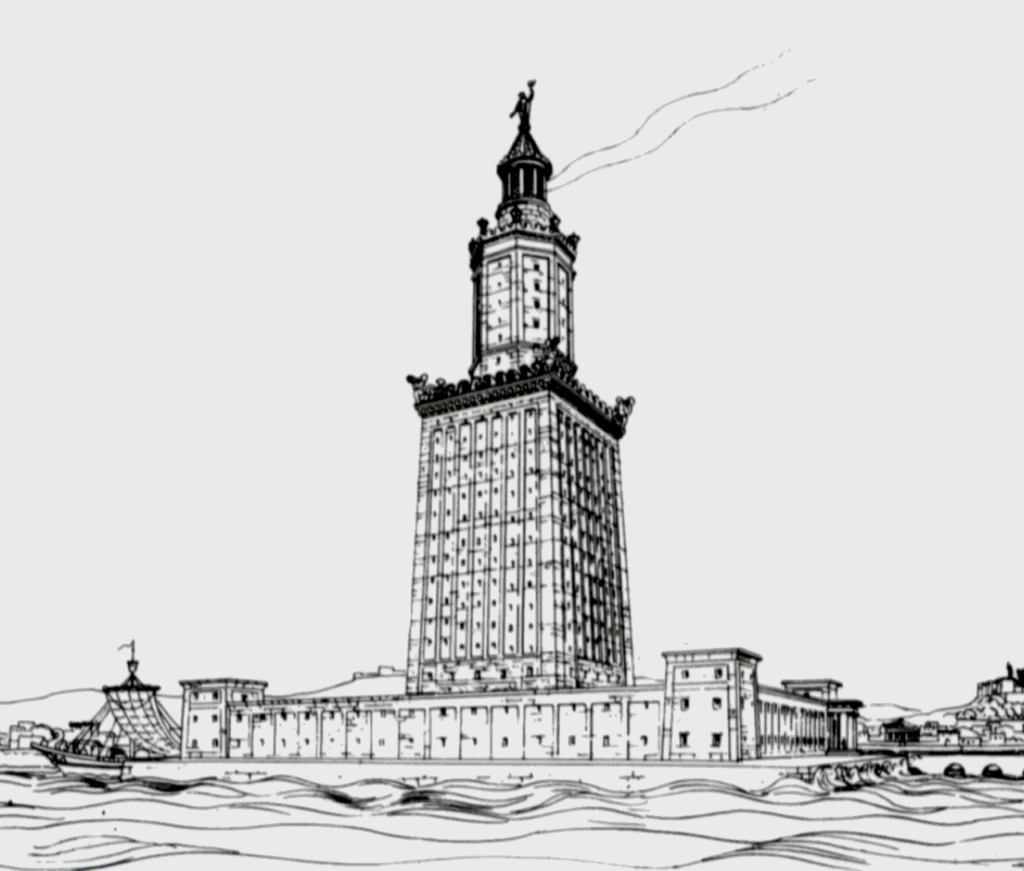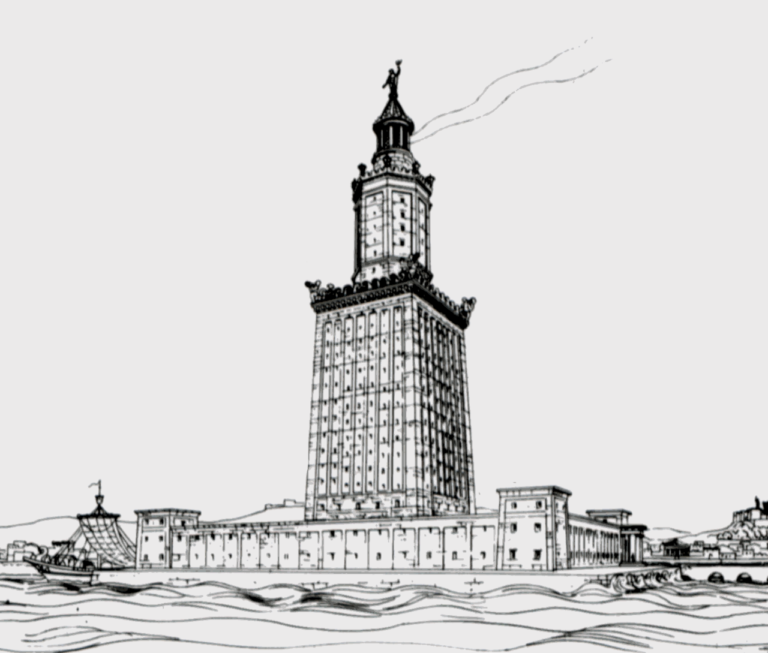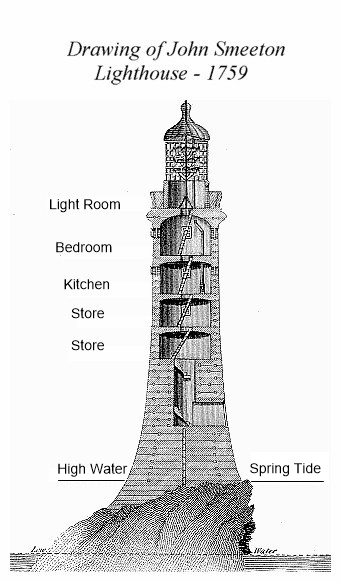Various World Countries
Lighthouses on Banknotes throughout the World

The rocky ledge runs far into the sea,
And on its outer point, some miles away,
The Lighthouse lifts its massive masonry,
A pillar of fire by night, of cloud by day.
-The Lighthouse, H W Longfellow, 1849
Often enough mankind has wandered in the darkness unaware of what lies ahead. Out at sea on a dark, stormy night, there is little to guide a ship through the waters safely. In ancient days there was only a navigator’s skill and luck to make a safe passage over the waves to a safe harbor. Most of the time ships and men have made it safely, but many’s the time they have not. Ancient mariners and those ashore who loved and depended on the sailor’s voyages had nothing but faith in both God and in the skills of the sailors and the mercy of the elements to keep them safe.
As a loved one puts a candle in the window awaiting the late return of a traveler, bonfires were lit high on hills to guide the voyagers’ home through the darkness of the open waters. Over time these morphed into what we know today as lighthouses.
Tall cylindrical towers, often alone or attached to a house, produce many a scenic photo for sightseeing visitors. The modern lighthouse may not seem too much for most of us today, but they were marvels of engineering and optics that were, and still are, life-saving beacons in a dark and frightening void full of unmerciful hazards. These alone were the vigilant sentinels who cast their warnings of dangerous areas along coastlines where rocks or shallow waters could cause damage to ships.
Throughout history lighthouses were manned by resolute men who would maintain the lights throughout the long night. In modern times the satellite navigation with computerized software has eliminated the need for many of the lights on most commercial ships. Still, the lights shine their bright beacon, but they are now mostly automated lights that require little maintenance and thus no crews will be found at most lighthouses.

Even before the first lighthouse, there were bonfires lit on hills to guide ships safely home in the night. The most famous ancient lighthouse is the Pharos of Alexandria, Egypt. It was built by Ptolemy II between 280-247 BC and was reported to be at least 330 feet (100 Meters) tall. Listed as one of the Seven Wonders of the Ancient World, it was the largest manmade structure until it was destroyed by a series of earthquakes between 950 and 1323 AD.
Lighthouses became more important as the maritime exploration opened up the world to larger and more unfamiliar coastlines. The designs of lighthouses were basic, mode mostly of stone, but some of wood. In the mid 1700’s a British engineer named John Smeaton developed a new design that he modelled after an oak tree. He had successfully reverse engineered the Roman era’s ‘hydraulic lime’ which allowed concrete to be used underwater and he also used a system of dovetailing for stone blocks. He also tapered the tower to allow for a better distribution of the energy from crashing waves upon lighthouses that were immediately adjacent, or well within, the oceans.

Evolving from fires of wood or coal, the Argand Lamp was developed in 1780 by Swiss physicist François-Pierre-Amédée Argand. This unique lamp increased the light output by up to 6 times by using a wick fashioned into a cylindrical sleeve that allowed air to flow up the middle of the lamps wick.

A Scottish engineer who made improvements to Smeaton’s design was Robert Stevenson, who created the Bell Rock Lighthouse in 1810. He incorporated alternating red and white lights through a Fresnel lens which concentrated more of the light, He introduced a rotating mechanism that used patterned shutters so that seafarers could identify the individual lighthouses from a distance.
Another early lighthouse improvement was made by someone who could never see a lighthouse nor any light at all: a blind Irish engineer named Alexander Mitchell. His major contribution was the Screw-Pile, patented in 1833. This was a method of erecting lighthouses, piers, bridges, etc., into mudbanks and underwater sands. This allowed for lighthouses to be erected offshore without need for an island or rock to build upon.
In 1858 the first electrical light used in lighthouses was installed on the South Foreland light in England. While the new electric light reducing the maintenance by removing oils and wicks, the need for increased reliability of electrical connections carried its own problems.
In 1865, gas lights developed by another Scottish engineer, John Wigham, produced a light using his Crocus burner improving emitted light by 4 times. Four years later this too was improved, which increased output by still another 13 times the light output.
In this modern era of the 21st century lighthouse optics cast their beams as far away as 28 miles and depending on the weather, traffic and overall conditions, the light output varies from 10,000 to 1 million candelas, or candle power. Candela is the term used to describe directional beams of light, light a flashlight or a lighthouse. Lumens on the other hand refers to light broadcast into an area, light a typical lightbulb. That said, one candela is approximately equal to about 12.6 lumens.
The brightest lighthouse in the world today is actually two lighthouses. The first is in South Africa, the Cape Point Lighthouse, and the second is in France at the Phare du Créac’h, which are visible for over 35 miles, of 60 km.
The romantic alure of the lonely lighthouse keeper is all but gone today. In the USA, only one lighthouse has a keeper, the Boston Light. All other lights in the country are automated.
Below are the countries who list lights that are still manned as of 2024.
In Mexico, the majority of lighthouses are still manned as the infrastructure is not in place to automate most of their lights. I could not obtain reliable numbers of lighthouses, the range was 24 to 260.
In Canada there are 51 staffed lighthouses. The Canadian Coast Guard data released in 2022 that there were 90 people employed as lighthouse keepers in Canada.
Brazil has over 200 active lighthouses with 33 staffed as of 2020.
In Singapore the Raffles lighthouse is still reported to be manned.
In Chile there was reported 650 lighthouses in 2003, of which 20 were still manned with a crew.
In France there were 12 reported lighthouses with crews in 2011
Italy had 62 Manned lighthouses in 2011
The Netherlands had 2 lighthouses manned in 2011
There are still many lighthouses with persons living or working there, but their services are not for maintaining the lights. Rather, these are usually persons who are maintaining a tourist attraction, maintaining the grounds and conducting tours to the public. A few are operated as bed and breakfast style accommodations.
Steadfast, serene, immovable, the same
Year after year, through all the silent night
Burns on forevermore that quenchless flame,
Shines on that inextinguishable light!
-The Lighthouse, H W Longfellow, 1849
You can find links to articles about lighthouses on world banknotes Below:
Argentina – Pembroke Lighthouse on the Falkland islands/Islas Malvinas
Bahamas – Elbow Reef Lighthouse and Sir Stafford Lofthouse
Lithuania – Northern Mole Lighthouse